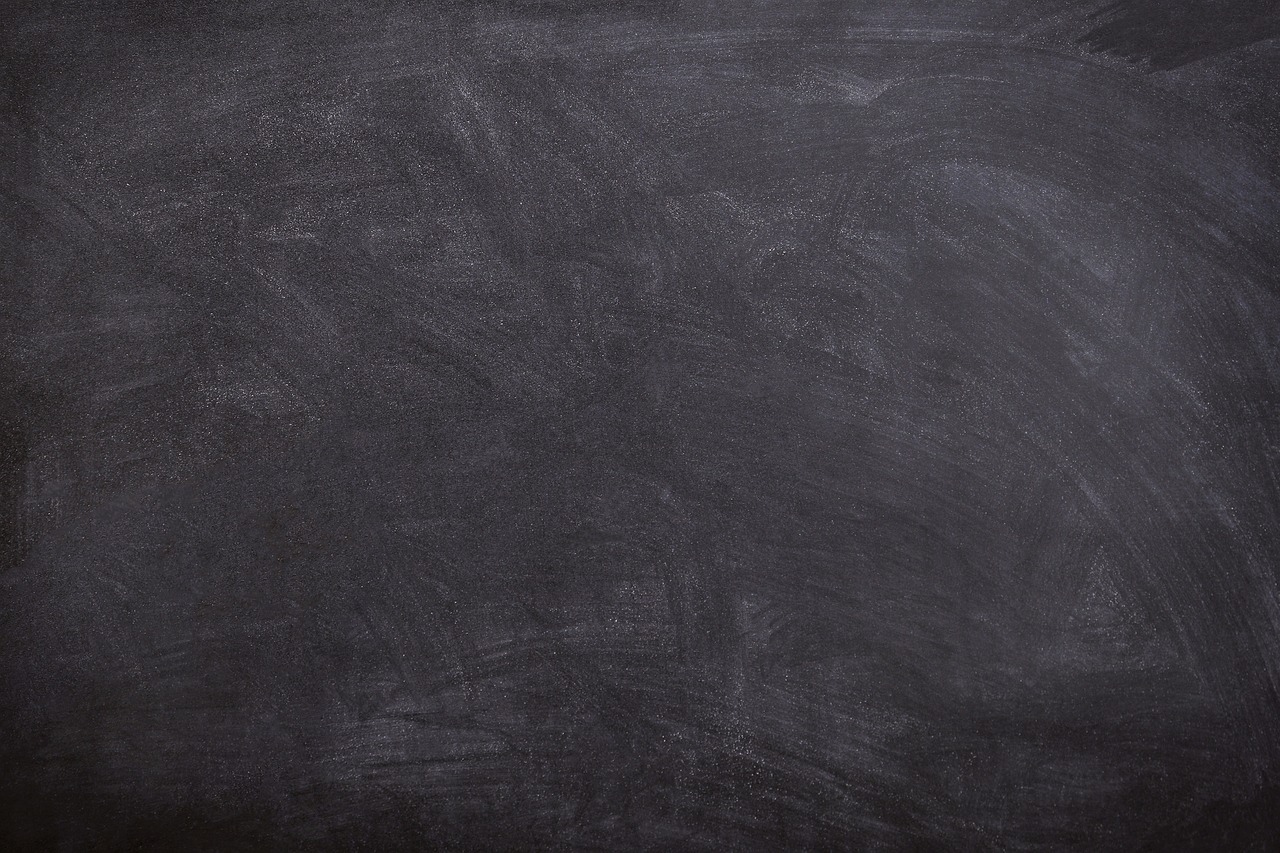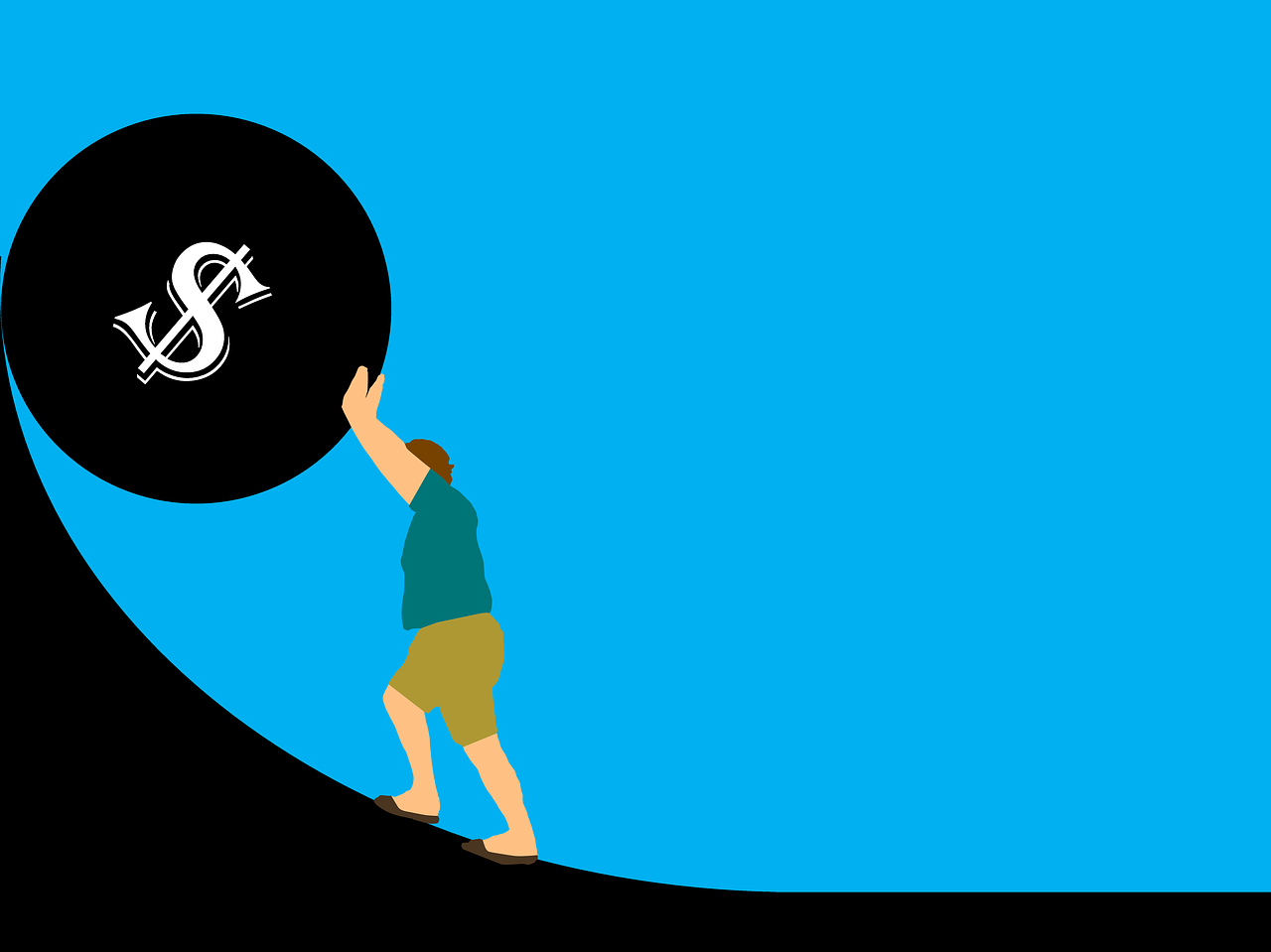While I was living in my car on the street because of poor financial decisions, I also had $40,000 in debt. When I looked at the total debt, I thought I’d never reach the moment where I repaid my debts. It was too big of an amount, and I had no income. Plus, I was homeless. My first concern was getting off the street and never returning to it.
Before repaying my debt
Once I got off the street and started receiving an income, I knew I had to build a savings account to avoid being homeless again. The reason I ended up homeless is because I didn’t have a safety net once my income stopped. To ensure I never ended up on the street again, I saved for an emergency fund and 6 months of essential expenses—mortgage/rent, utilities and food.
The emergency account should be at least $500 but preferably $2,000 to cover unforeseen expenses such as a burst water pipe or roof repairs. I planned to use the savings for the essential expenses only if my income stopped. Fortunately, that never happened.
It’s all good and well to dedicate any savings you have to paying off debt first, but what if your income stops?
What use was paying off the debt when you didn’t ensure you protected the roof over your head and had food to put in your belly for 6 months?
For me, it was crucial to have an emergency fund and 6 months of essential expenses before dedicating any additional funds to paying off my debts.
The first debt I paid
Although some financial gurus suggest paying off your smallest debt first, I chose to pay off my vehicle finance first. My car monthly expenses were more than 30% of my income, and I figured if I didn’t have those expenses, I could dedicate that money to the smallest debt.

My car was repossessed because I failed to make payments and then sold at an auction. But the selling price was lower than what I owed on the vehicle finance. And I also had to pay the storage, administration and auction fees.
After I paid the vehicle finance, I didn’t buy another car. That meant I had no gas, repairs, maintenance, registration and other expenses associated with car ownership.
If you work remotely or live in a city offering efficient public transport, you likely don’t need a car.
The average car payment for a used vehicle in the US in 2022 was $500 and $700 for a new vehicle. That excludes gas and other expenses to drive it. Considering 60% of Americans live paycheck to paycheck, not having car expenses means they go from having nothing at the end of the month to having savings.
That’s a game changer for most Americans and the reason I harp on not owning a vehicle unless you use it to generate an income.
My car was repossessed in 2017, and I haven’t owned one since. I’ve got cash to buy a car, but I’m not even considering that option until I have a net worth of at least $1 million. Why would I choose a liability over an asset?
Many people’s obsession with cars is one of the major causes of their financial struggles.
The debt I repaid following the vehicle finance
I saved a significant amount of money because I wasn’t a vehicle owner, so I dedicated that money to the smallest debt. The whole point of paying debt is to do it as quickly as possible. You don’t want to drag out the debt repayment over a long period because you could lose the motivation to carry on.
Or worse, you could lose your income. Then, even if you want to pay debt, you won’t be in a position to. Your risk increases with time. So it’s in your interest to pay off the debt as soon as possible.
The reason I tackled the smallest debt after paying the vehicle finance is that I wanted to build more momentum. Paying off one debt did wonders for my confidence. It showed me that I can pay everything off if I remain disciplined.
The smallest debt was the quickest to pay off, and it boosted my momentum to pay off the second-smallest one.
The last debt I repaid
I repaid my biggest debt last. It took a few years, but it was worth it. I remember the moment I paid it. My shoulders lightened, and the tension in my head eased. I no longer had to worry about receiving phone calls from lawyers, threatening to garnish my wages or blacklist me.

I was liberated. It was an amazing feeling, and I promised myself to never take out debt again.
Three things that helped me to expedite my journey to pay my debts were living the minimalist lifestyle, not taking out new debt while paying off the old ones and not having car expenses after paying the vehicle finance first.
Extra tips
Anybody can get out of debt, but it requires a drastic lifestyle change. I knew that I had to reduce all my expenses and eliminate all the non-essentials. That enabled me to have more money to dedicate to debt. Eating out, buying clothes, subscriptions, vacations and similar expenses were out of the question. I was determined to pay off my debts fast.
Just because you’ve been living with debt for several years that doesn’t mean it has to be that way for the rest of your life. Take it from a guy who was homeless and $40,000 in debt. I can tell you that it’s much better to be debt-free and have $50,000 savings.
You can get there, but it’s going to require sacrifice. I knew that it was impossible for me to change my financial situation if I carried on doing things the way I had. To get different results, I had to think differently about money and then manage it better.
If you can’t manage $100, what makes you think you can manage $10,000?
CHECK OUT MY NEW BOOK — From Homeless to Debtless with Savings





Leave a Reply